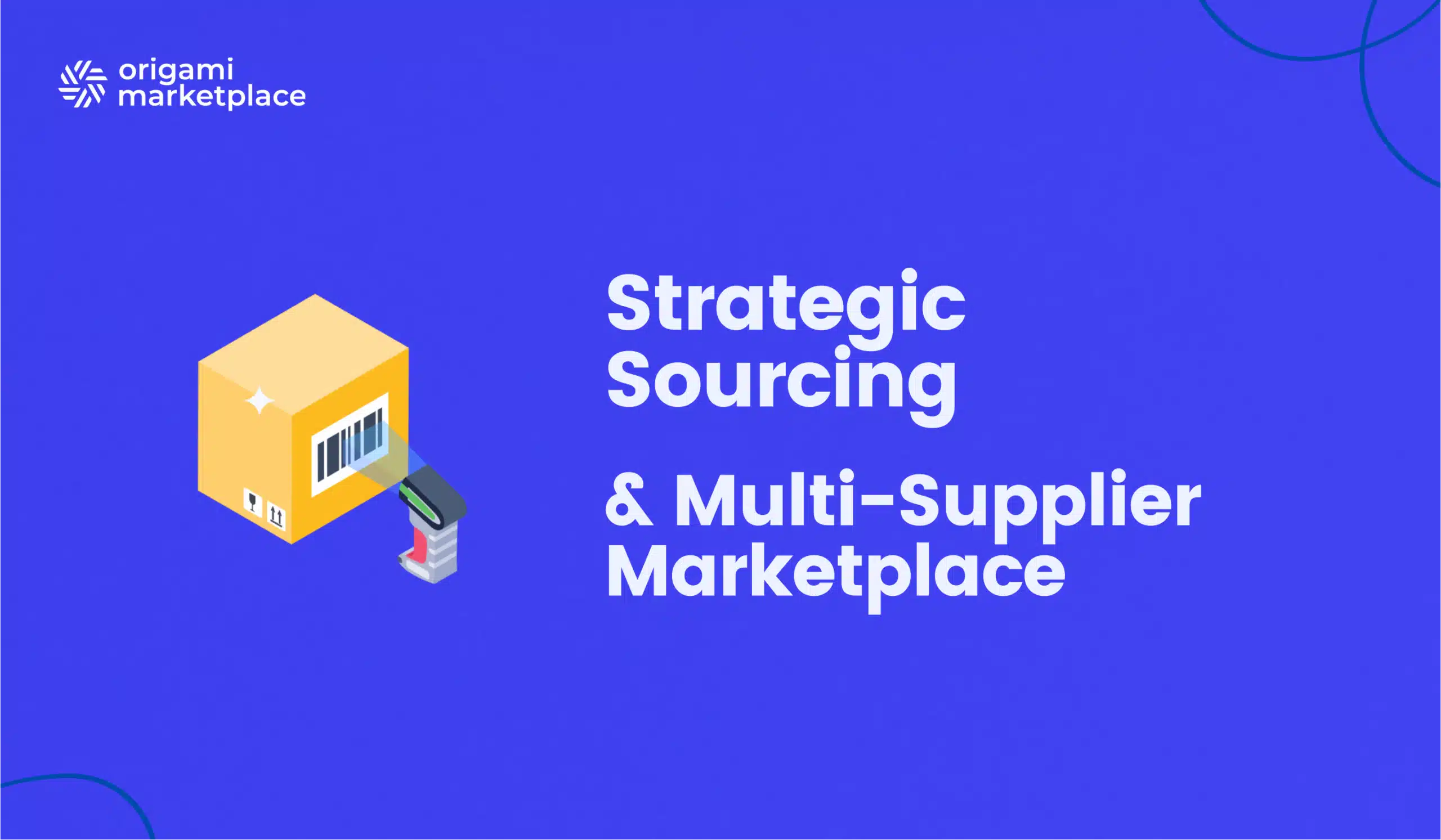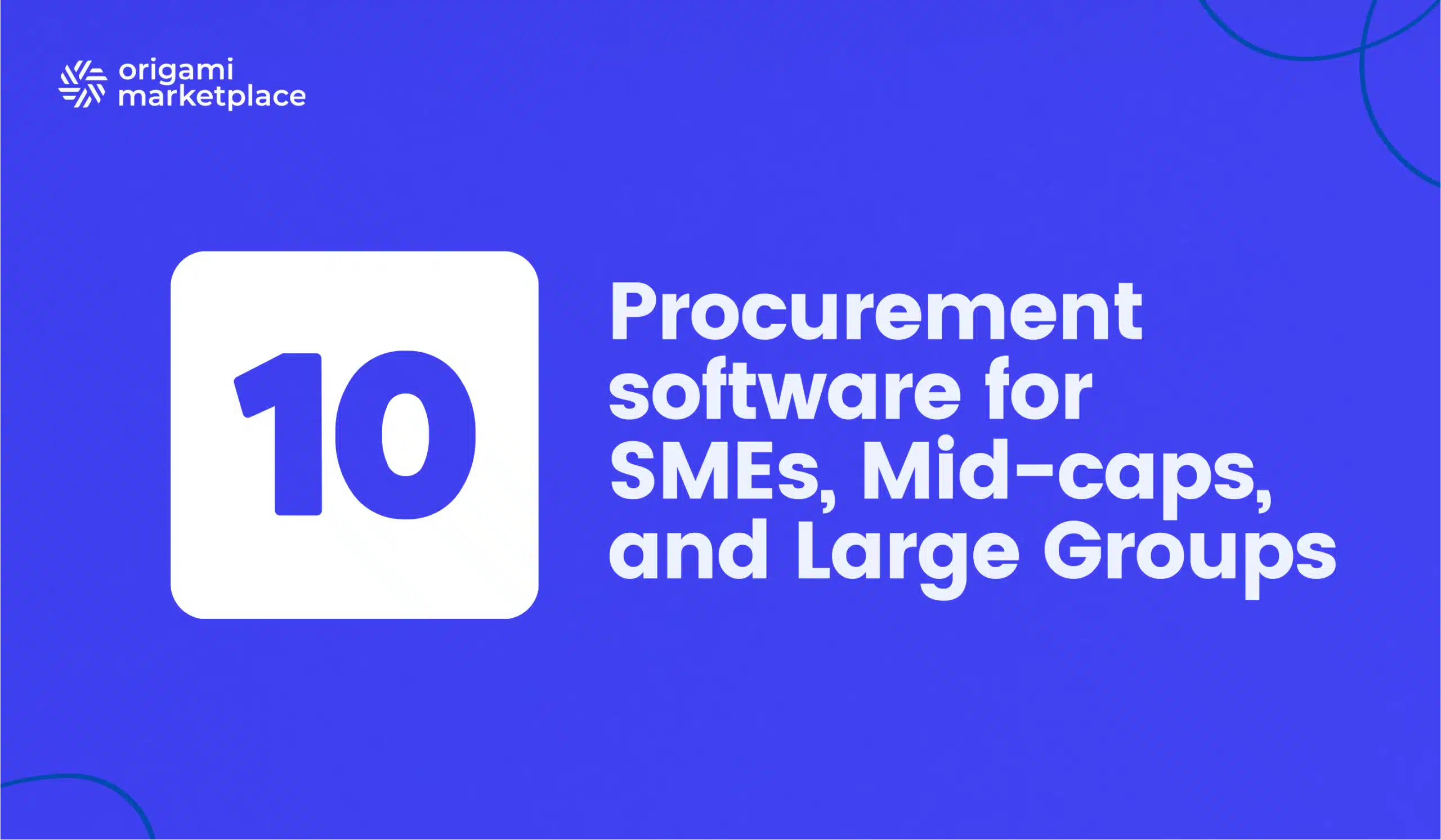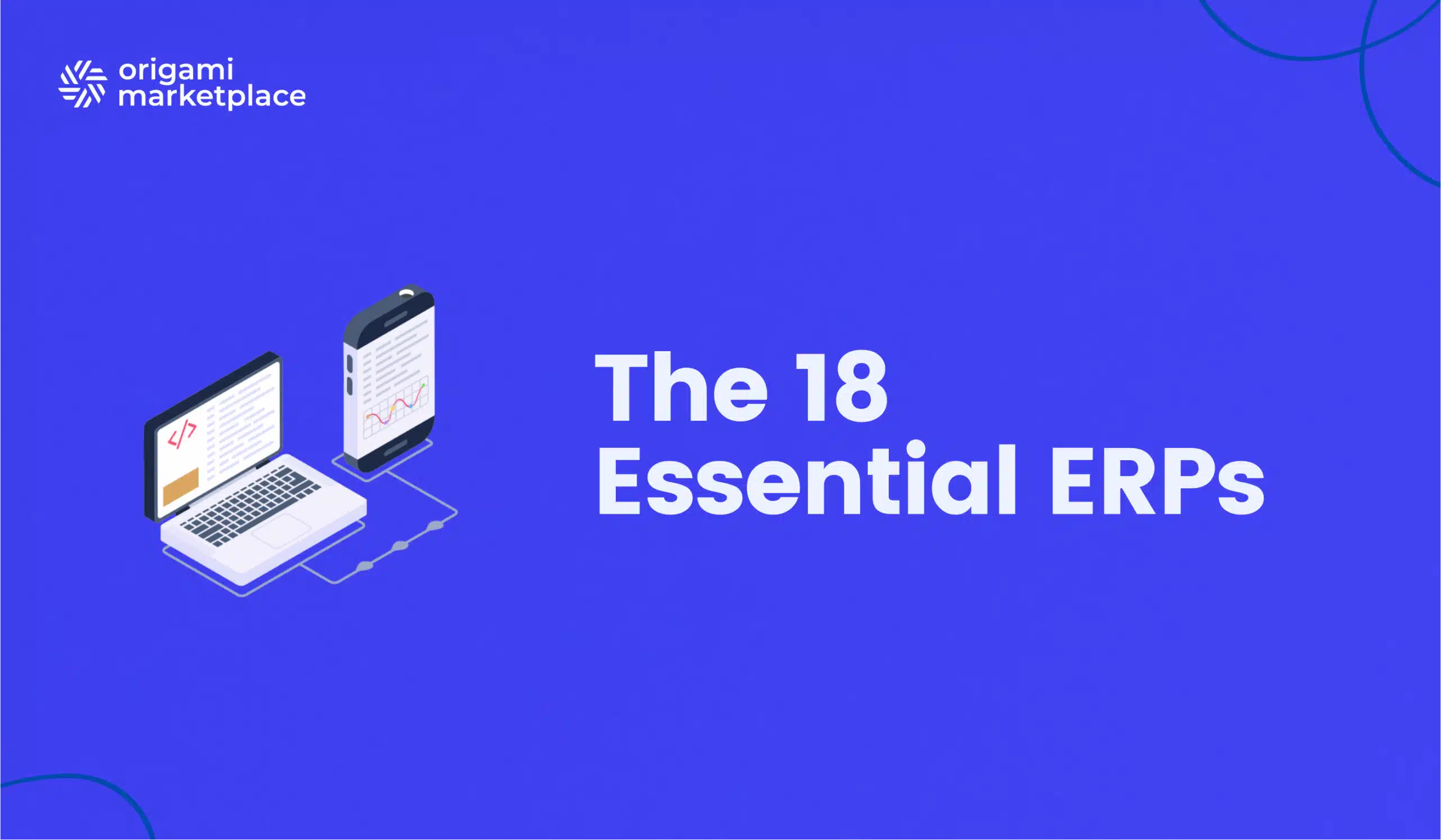Strategic Sourcing: Embracing the multi-supplier marketplace
- Arnaud
- 7 minutes reading

Procurement departments are navigating a challenging landscape: persistent inflation (+4.9% in 2023) strains budgets, anti-competitive practices threaten market reliability (coordinated price increases, collusion), and performance goals demand swift savings. Simultaneously, supplier concentration and reliance on geopolitically sensitive regions (notably significant sourcing from Asia) expose companies to stock shortages. Additionally, regulatory and CSR requirements (CSRD directive, climate law, Scope 3 calculations) necessitate measuring and reducing the environmental and social footprint of purchases. These challenges can be summarized as:
- Economic pressure and inflation: Widespread cost increases; immediate savings required to preserve margins.
- Disruptions and dependencies: Concentration among a few suppliers or regions creates vulnerabilities (shortages, failure of a major supplier).
- CSR and regulatory constraints: CSRD reporting (Scope 3), climate law, etc., mandate integrating sustainable criteria into every purchase.
These challenges demand a comprehensive response that combines risk management, economic optimization, and sustainable alignment.
👋 No time to read the whole article? Find the summary of the article here.
1. What is strategic sourcing?
Strategic sourcing is a structured procurement optimization process that involves analyzing expenditures, selecting the most efficient suppliers, and negotiating the best supply conditions. It aims to maximize value and supply chain performance by consolidating purchasing power and reducing supplier-related risks.
This methodical approach relies on several key steps: needs analysis, market study, strategic supplier selection, contract negotiation, and performance monitoring.
- Goal: Achieve the best purchasing value.
- Methods: Spend analysis, supplier management, contract management.
- Benefits: Cost reduction, improved quality, enhanced supplier relationships.
2. Proactive supplier risk management
It’s crucial to continuously detect and monitor critical suppliers. Supply chain risk management involves a clear mapping of suppliers and their vulnerabilities (financial, geographical, ESG).
A modern platform provides dashboards and automatic alerts, enabling procurement teams to “react before the crisis“. For instance, diversifying sources, as recommended by experts, drastically reduces the risk of disruption. By diversifying your supply sources, you mitigate the adverse effects of interruptions due to price volatility and geopolitical disturbances.
Supplier rating tools (resilience scoring) and continuous audits also integrate CSR criteria to align the supplier chain with CSRD requirements, energy-climate laws, etc., thereby reducing the company’s regulatory exposure.
Rather than trying to lock in your sourcing with a few hand-picked suppliers, open up your ecosystem: a multi-supplier marketplace allows you to combine agility, transparency and resilience. Dare to question your traditional ways of doing things and transform your sourcing into a strategic lever, not just a cost centre.

Alexandre Duquenoy
→ Talk to our B2B solutions expert.
3. Strategic sourcing to optimize value
Instead of relying solely on transactional purchasing, strategic sourcing encourages a continuous reassessment of the supplier base and product mix. The objective is to minimize total cost while diversifying supply sources. This involves a detailed segmentation of spending categories (such as equipment, materials, and services) to pinpoint where negotiation efforts will have the greatest impact.
Strategic sourcing also challenges the demand itself: can a purchasing category be reimagined (through material substitutions, technical improvements, etc.) to reduce costs and lower the carbon footprint? Competitive benchmarking becomes a standard practice: for instance, a multi-supplier marketplace model facilitates the automatic comparison of offers and the ongoing renegotiation of prices, while ensuring greater sourcing flexibility.
A marketplace provides virtually unlimited supply expansion, giving organizations access to a wide-reaching supplier network and a dynamic taxonomy that evolves with market trends. This data-driven approach, leveraging spend analysis and market benchmarking, helps uncover new, often untapped, opportunities for savings.
4. Responsible purchasing and CSR compliance
The procurement function now plays a pivotal role in advancing the company’s ESG commitments. Every purchase must incorporate sustainability criteria such as eco-design, a low carbon footprint, or positive social impact.
To achieve this, the environmental impact of each transaction is measured (calculating the carbon footprint upfront helps establish Scope 3 reporting). Similarly, the social footprint such as ensuring suppliers uphold social rights is carefully tracked. A modern procurement platform integrates these ESG criteria directly into its workflows, for example through the automated evaluation of supplier ESG performance.
Associated reporting tools ensure the level of transparency required by the CSRD directive and best ESG practices, helping companies avoid regulatory sanctions and reputational risks. In short, responsible procurement management strengthens regulatory compliance, enhances brand reputation, and secures relationships with key stakeholders including major clients and ESG-focused investors.
Ready to launch your B2B multi-supplier platform?
Download our marketplace specifications template 🗒
Download our RFP template 📒
5. Procurement analytics: Real-time management
New procurement solutions provide real-time indicators to closely monitor both performance and risk. With dynamic dashboards (tracking KPIs such as cost, lead times, service levels, and environmental performance), decision-makers can instantly spot deviations for example, an unexplained price increase and take corrective action.
Native integration with ERP systems and the consolidation of purchasing data by product and supplier eliminate information silos. By gaining a 360-degree view (covering procurement performance, quality, and ESG metrics), organizations improve their responsiveness. These systems also enhance transparency for procurement accounting (through automated payment reconciliation) and pave the way for AI-driven predictive analytics to anticipate supply disruptions. In short, procurement analytics shifts purchasing teams from reactive management to strategic foresight.
6. The 7 Steps of strategic sourcing
Within this framework, the strategic sourcing process follows a structured path:
- Spend analysis and segmentation: Map purchases by category and quantify volumes and expenditures. This step reveals major cost centers and identifies negotiation leverage points (bulk purchases, recurring needs).
- Supplier identification: Conduct a comprehensive search for suppliers (databases, trade shows, existing partners, external platforms) and evaluate their financial stability, product quality, delivery capacity, and certifications.
- Sourcing strategy and pre-selection: Define the action plan (RFI/RFP/RFQ processes, supplier/product lotting) based on business needs and sustainability requirements (ethical practices, environmental policies). Develop detailed specifications consolidating internal needs and ESG criteria.
- Supplier consultation: Issue requests for proposals or quotes according to the established plan, then collect and analyze the received offers. Each proposal is objectively evaluated (price, compliance, quality, service conditions, etc.) using collaborative tools (scoring discussions, comparative dashboards).
- Final negotiation and selection: Lead negotiations with shortlisted suppliers. The objective goes beyond price reduction it includes setting delivery timelines, warranties, payment terms, and ESG clauses (such as carbon commitments). Final selection is validated by internal stakeholders to ensure alignment with the company’s overall strategy.
- Contracting: Formalize agreements through contract drafting. The legal team ensures regulatory compliance (commercial law, ESG obligations, corporate protection) and guarantees clarity around mutual obligations. A well-negotiated, balanced contract lays the foundation for a lasting supplier relationship.
- Performance monitoring and continuous improvement: After contract signing, define supplier KPIs (service quality, delivery compliance, cost control, ESG commitment adherence) and organize regular performance reviews. This feedback loop allows for learning and continuous improvement adjusting purchasing criteria, securing volume discounts, or onboarding higher-performing suppliers.
7. Multi-supplier marketplace: An integrated and scalable lever
Faced with these challenges, multi-supplier marketplace solutions have emerged as a key strategic lever. By bringing together multiple suppliers offering the same products on a single platform, they create immediate and transparent competition: prices, lead times, and certifications can be compared in just a few clicks, greatly simplifying purchasing decisions and renegotiations.
Origami Marketplace, for instance, enables procurement departments to build or expand a full-fledged B2B platform. Thanks to its high modularity, the catalog can be continuously enriched: new third-party suppliers are integrated seamlessly without disrupting the front-end user experience.
Several key features highlight the value of this model: multi-offer management (the same product offered by multiple suppliers), Buy Box functionality (automatic competition based on predefined criteria), flexible pricing (fixed prices, quotations, auctions), and punchout integration to natively connect supplier catalogs with the ERP system, among others.
In practice, many companies report increased internal productivity, reduced manual tasks, and faster strategic decision-making thanks to the automation of procurement processes. Moreover, the marketplace often generates additional revenue (via commissions on supplier sales), helping to offset platform costs and creating a virtuous economic cycle.
Modern and fully integrated, a multi-supplier marketplace solution simultaneously addresses economic objectives, supplier risk management, and environmental compliance. It provides a unified framework where each transaction is evaluated based on total cost, risk, and ESG impact. By aligning these dimensions, it transforms the Procurement function into an agile, visionary player, capable of delivering both financial performance and sustainable commitments.
By adopting a solution like Origami Marketplace, procurement leaders equip themselves with a major competitive advantage while strengthening compliance in an ever-evolving environment.
Article summary:
In a context marked by inflation, supply risks and CSR requirements, strategic sourcing is becoming a key lever for securing, optimising and making the Purchasing function more sustainable.
By structuring spend analysis, supplier selection and performance monitoring, purchasing departments can maximise value and minimise risk.
Multi-supplier marketplaces offer an integrated and scalable solution: they facilitate competition, diversify sources of supply, strengthen ESG compliance and accelerate the digital transformation of the Purchasing function. Adopting a marketplace means transforming your strategic sourcing into a sustainable competitive advantage.
👉 Need a turnkey solution? Call on a specialist service provider like Origami Marketplace to speed up your project.
Discover how our API and partner network can transform your business, whatever its size, thanks to its innovative solution based on the marketplace model.


